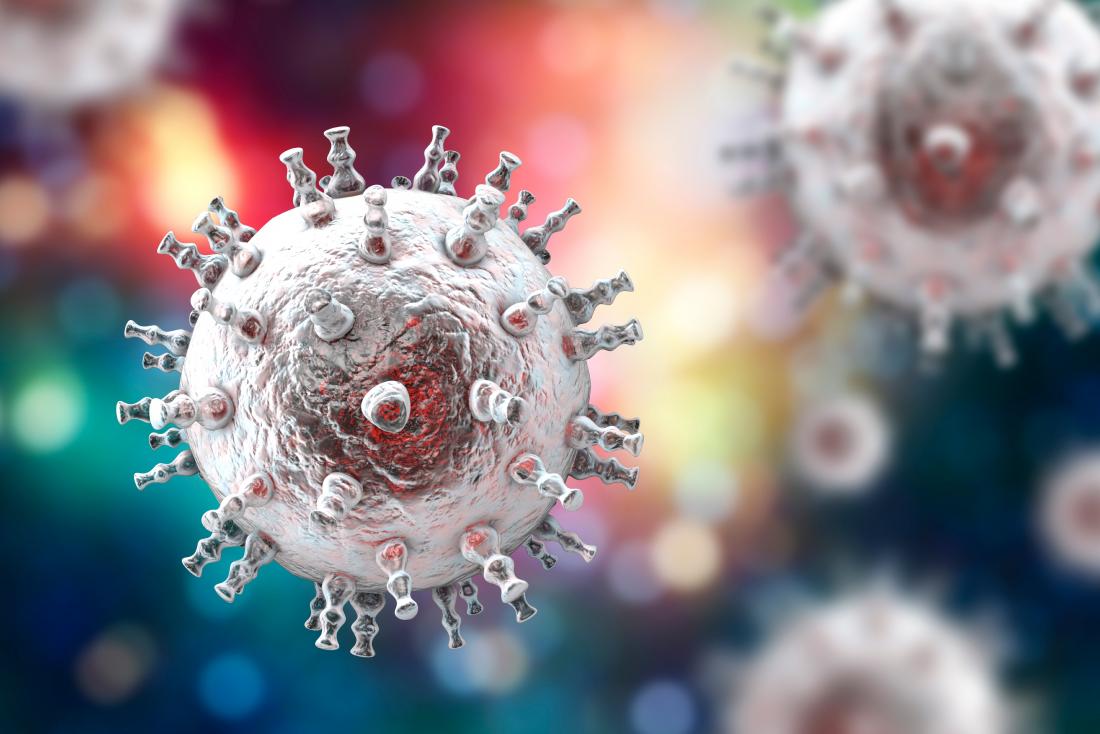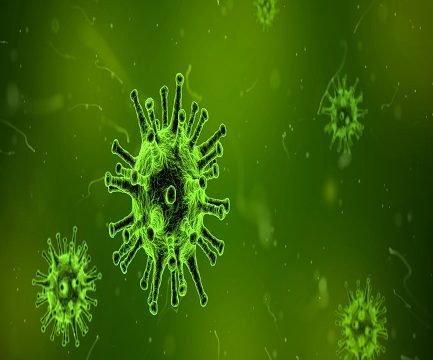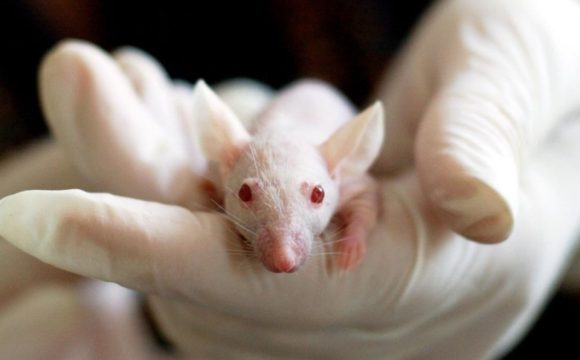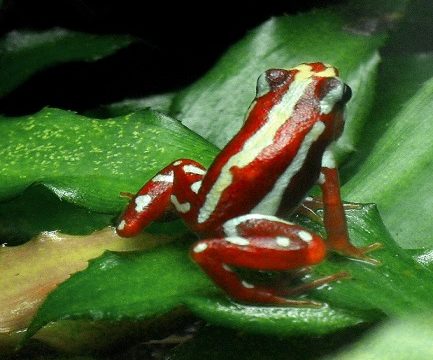KSHV (Kaposi’s sarcoma-associated herpesvirus) is herpes virus which causes Kaposi’s sarcoma, a type of cancer associated with patients with AIDS (and other immunocompromised people) and is sometimes also called AIDS-related KS. These double stranded DNA viruses for their ability to cause cancer are also referred to as oncovirus. After infection they penetrate the host’s lymphocyte via a cellular compartment known as Macropinosomes.
Kaposi’s sarcoma is characterized by lesions which are red, purple, brown, or black in color and are observed on the skin, inside the mouth, GI tract etc. Transmission of the virus can occur via saliva, organ transplantation, and blood transfusion. Diagnosis involves confirming the presence of key KSHV protein called ‘LANA’ in the tumor cells.
LANA refers to the latency-associated nuclear antigen. Without the protein LANA, the virus is no longer able to cause the disease. A team of researchers from the Instituto de Medicina Molecular (iMM) Lisboa, Portugal cloned LANA into a similar virus which infects mice. It was found that the functionality of LANA remained unaltered in the mice. Given the fact that there exist around 60 million years of divergence between humans and viruses it came as a surprise to the researcher that LANA gene codes could be shifted and thereby preserving its functional mechanisms.
The team then went on to produce a chimera virus (see our other blog on chimera at www.biomall.in/blog/pigman-or-manpig-chimera-the-science-of-growing-human-organs-in-pigs-PostsZ5 ) a mouse virus- murine gammaherpesvirus 68 (MHV68) with human viral gene ORF73, which encodes the human LANA protein. The whole point of creating such a chimera was to investigate the molecules which inhibits (or can inhibit) LANA protein at various levels in mouse models.

The Chimera
The research has many promising potentials. On the institutes’s formal page a research team member reportedly said “In addition to Kaposi virus the same experimental strategy to create chimera viruses, previously thought to be theoretically non-viable, can now be used for other viruses that use proteins similar to LANA, such as the Epstein-Barr virus which infects greater than 90% of the world population or the human papillomavirus responsible for cervical cancers”
Although there isn’t any specific form of Kaposi’s Sarcoma treatment but antiretroviral therapy may be given in combination with chemotherapy or radiation therapy. Awareness and preventive measures like contraceptives can help as well. With HIV positive people now living much better and longer life than ever before (see our related blog) the occurrence of Kaposi Sarcoma has also gone down. The real challenge is in the parts of the world with very limited health resources and high HIV prevalence such as regions of Africa. It is mainly for these regions that such studies offer hope.
Reference:
1] Aline C. Habison, Marta Pires de Miranda, Chantal Beauchemin, Min Tan, Sofia A. Cerqueira, Bruno Correia, Rajesh Ponnusamy, Edward J. Usherwood, Colin E. McVey, J. Pedro Simas and Kenneth M. Kaye Cross-species conservation of episome maintenance provides a basis for in vivo investigation of Kaposi’s sarcoma herpesvirus LANA PLOS 14 September 2017
2] imm.medicina.ulisboa.pt/en/imm-lisboa/news/archive/chimera-viruses-can-help-fight-against-lymphomas/










